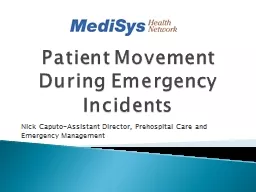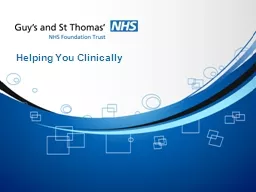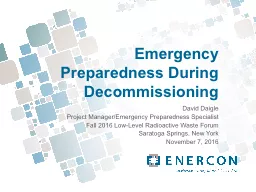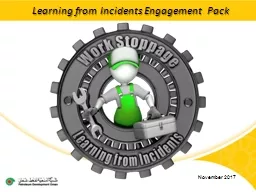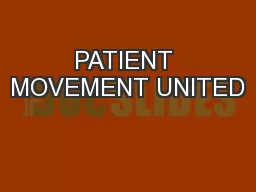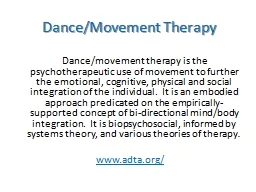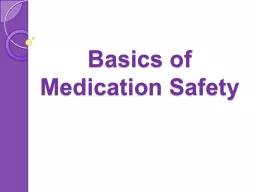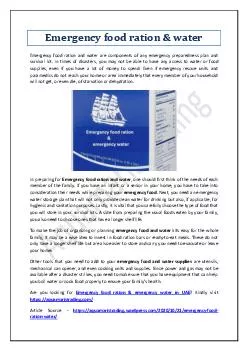PPT-Patient Movement During Emergency Incidents
Author : danika-pritchard | Published Date : 2019-12-14
Patient Movement During Emergency Incidents Nick CaputoAssistant Director Prehospital Care and Emergency Management Background In February 2015 in response to issues
Presentation Embed Code
Download Presentation
Download Presentation The PPT/PDF document "Patient Movement During Emergency Incid..." is the property of its rightful owner. Permission is granted to download and print the materials on this website for personal, non-commercial use only, and to display it on your personal computer provided you do not modify the materials and that you retain all copyright notices contained in the materials. By downloading content from our website, you accept the terms of this agreement.
Patient Movement During Emergency Incidents: Transcript
Download Rules Of Document
"Patient Movement During Emergency Incidents"The content belongs to its owner. You may download and print it for personal use, without modification, and keep all copyright notices. By downloading, you agree to these terms.
Related Documents

